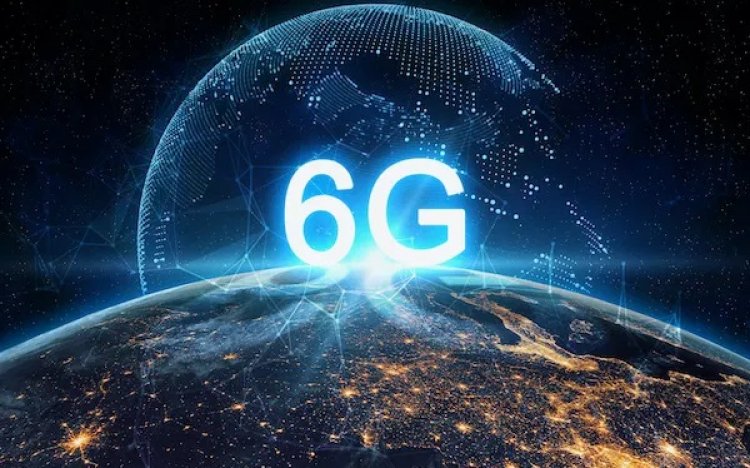The majority of us are still working to turn our brains around with the new 5G wireless cell phone technology. And guess what? There's a new technology called 6G. Yes, even though 5G networks have not yet been completely deployed, modern communications firms have begun to plan for the next mobile network.
Officially, 6G still does not exist. However, theoretically, there are a variety of things, building on the current network and technological trends to create an entirely new form of internet. Therefore, let us take a quick dive into the bizarre world of 6G and speculate about what the future offers.
What exactly is 6G?
The sixth generation of wireless technology is known as 6G. Following on from 4G and 5G, a 6G network will be built on the redesigned backbone and enhanced performance simultaneously is been created on millimeter-wave 5G networks. Using higher-frequency radio bands, networks will have significantly quicker speeds and reduced latency, allowing them to handle advanced security devices and systems such as self-driving automobiles. Every decade, new wireless communication standards develop, and 6G is projected to enter the market around 2030. But nothing is etched in stone even the name "6G" might go out of popularity and be replaced by something else.
What will happen if the connectivity becomes as thin as air.” “Presume if you had that degree of connectivity what would be the influence on the community?” What effect will it have on our everyday life?”
Devices that support network speeds
- Mobile phones, tablets, and hotspots with 4G speeds of around 33.88 Mbps
- Mobile phones, tablets, hotspots, public infrastructure, and self-driving cars can all benefit from 5G speeds of 40–1,100 Mbps.
- Up to 1 Tbps at 6G (1,000,000 Mbps) Wi-Fi implants, cellular surfaces, and self-driving automobiles
The majority of today's modern cell phone internet technology is based on 4G, a wireless standard that debuted in late 2009. 4G significantly increased data rates on mobile phones, permitting users to engage in internet activities like streaming HD video and playing video games. Surprisingly, we are now moving on to 5G, many cell phone providers have failed to meet international 4G criteria. The name implies deluxe 4G, however, it refers to a sped-up, almost-4G-but-not-quite version of 3G. Nonetheless, AT&T, T-Mobile, and other cellular service providers launched 5G networks in 2018 and 2019. Experts believe that by utilising technologies such as millimeter-wave spectrum and beamforming, 5G may potentially reach peak rates of up to 10,000 Mbps. Whether 5G meets that goal or not, wireless firms are now planning to employ 5G for additional applications in various industries, business, healthcare, and remote working, rather than merely serving our phones. Perhaps by the time we reach 10,000 Mbps (10 Gbps) speeds, cellular providers will have already launched 6G.
What will the 6G network seem like?
However, wireless firms and researchers define 6G as a fully integrated, internet-based system that enables rapid connections between customers, gadgets, cars, and the surroundings in media interviews and research papers. We currently have the Internet of Things (IoT), which includes smartphones and smart home gadgets.
What do experts have to say about 6G?
According to Kaniz Mahdi of VMware, the current 6G research is still in its early stages. It will most likely be several years before 5G technologies like millimeter-wave reach their full potential. Here's a summary of what experts are referring to when they discuss 6G:
- 1 Tbps transfer rates
- Terahertz waves
- Edge computing and artificial intelligence
- Immersive technologies
As 6G technology advances, there will be a lot of random new difficulties. The preservation of the environment will be a key concern. All of that production and energy use might endanger the environment unless strategies are put in place to limit the carbon impact of 6G technology. Remember, at this stage, 6G is merely a collection of ideas. There's no need to rush out and get a self-driving Tesla or Samsung brain scanner. So keep an eye out for updates. However, there is a lot of buzz in 6G networks and technology from corporations and governments all over the world, as seen by the recent 6G collaboration between Chinese tech brand ZTE and state-owned phone carrier China Unicom. And it hints at significant ideas that many experts have about how the internet may grow in the future years, perhaps having a big influence on how we interact. We may all be attending Zoom meetings with a brand new set of 6G retina implants in the upcoming decades.



 Local BangaloreTeam
Local BangaloreTeam 










